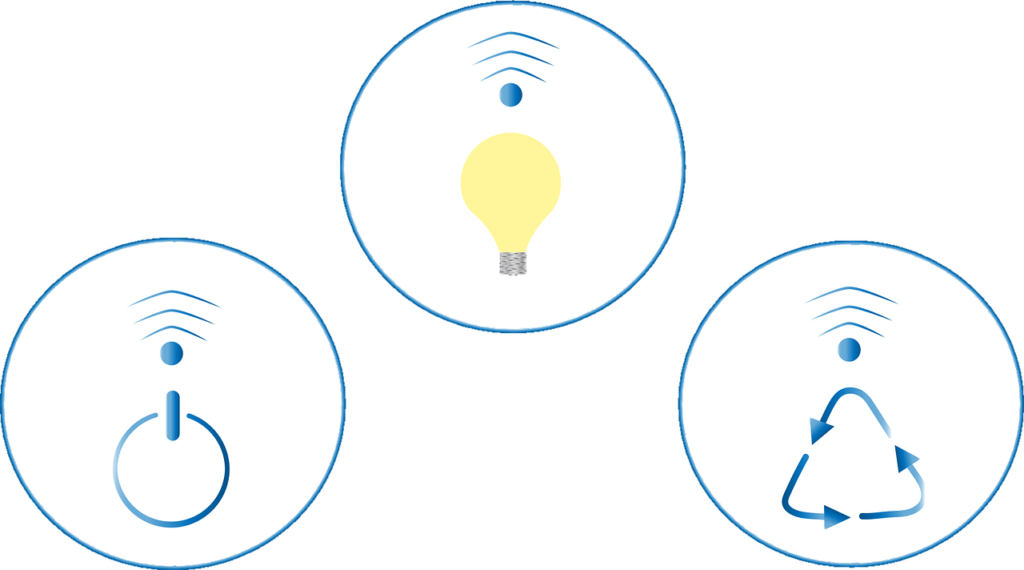IoT devices, such as sensors able to exchange data with other devices or end-users thanks to embedded solutions and/or combinations of fog and cloud computing, are the main enablers of Smart Energy and worldwide the system operators are strongly engaged in making their infrastructure much Smarter. Particular attention is currently given to the energy asset management, an area strongly interested by the IoT applications and currently under study for developing new operation scenarios.
In fact, energy asset management needs to be improved in order to generate new opportunities for optimizing energy distribution, discomfort minimization, energy production, cost reduction and other services. Recently, a framework for a multi-objective analysis acting as a novel tool that offers responses for optimal energy management through a decision support system has been published (https://doi.org/10.3390/en14123599). The study was conducted through detailed simulations using real data from ASM Terni, DSO of the italian city of Terni thanks to a variety of IoT technologies and Information and Communication Technology (ICT) solutions integrated in its power distribution network. The paper proposes a new methodology, considering two distinct optimization problems for two actors, consumers and aggregators, with a solution able to completely or partly interact with the other one in the form of a demand response signal exchange. The new framework is composed of three architectural layers, namely, the consumer, aggregator and decision support system (DSS), forming a tri-layer optimization framework with multiple interacting objects, such as objective functions, variables, constants and constraints. The DSS layer is responsible for decision support by forecasting the day-ahead energy management requirements.
The goal was to focus on the concepts of multi-objective optimization, applied to the demand-side management, such as DR, flexibility, energy load forecasting and discomfort. An optimization architectural layer describes and solves individualized problems for each actor, while actor interaction is managed by a third architectural DSS layer. Two distinct scenarios have been explained. At the first one, models cost minimization offered acceptable options without violating the comfort of consumers, and addressed the problem with a large-scale nonlinear solver. Secondly, portfolio cost minimization for aggregators was enabled, and the problem using mixed integer linear programming was solved. Both problem solutions utilized a common framework for communicating the results envisioning a DR scheme. The results showed significant gains in terms of cost savings for both the aggregator and the consumer.

